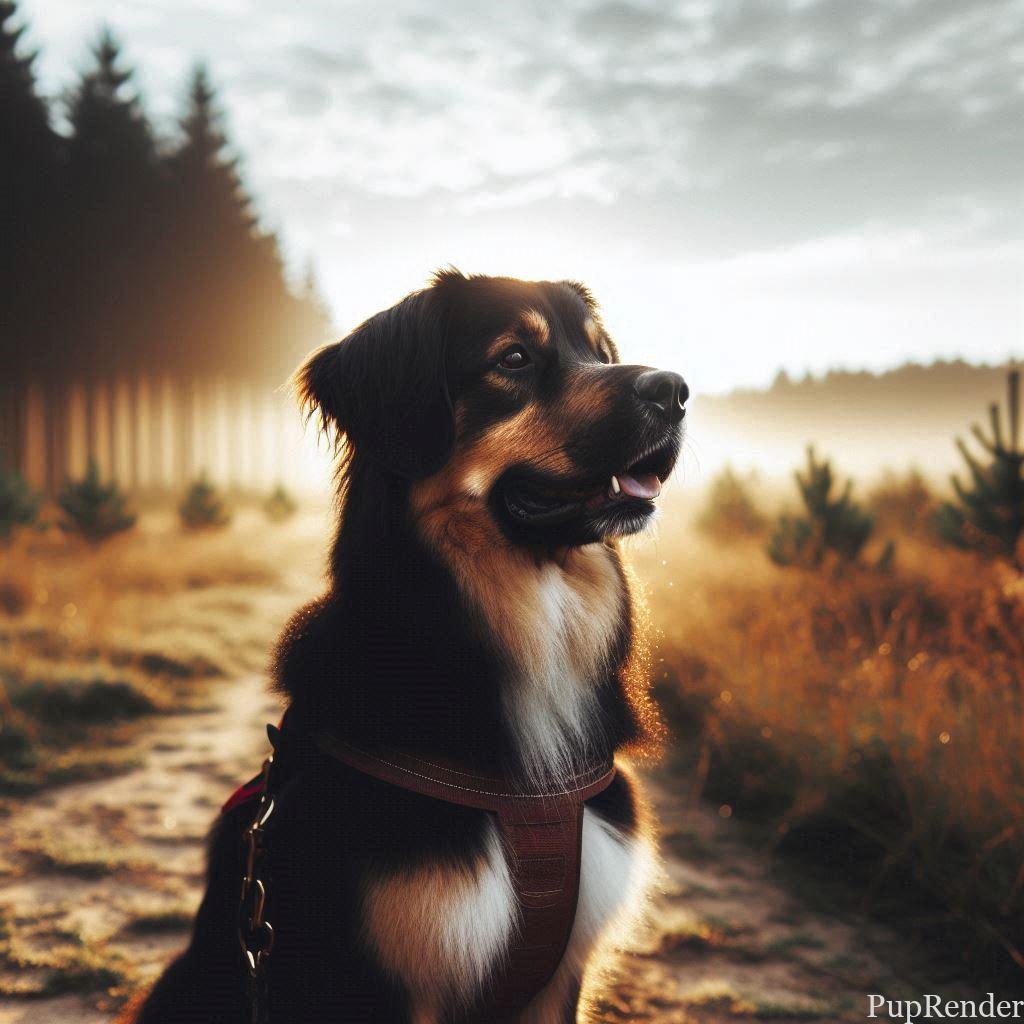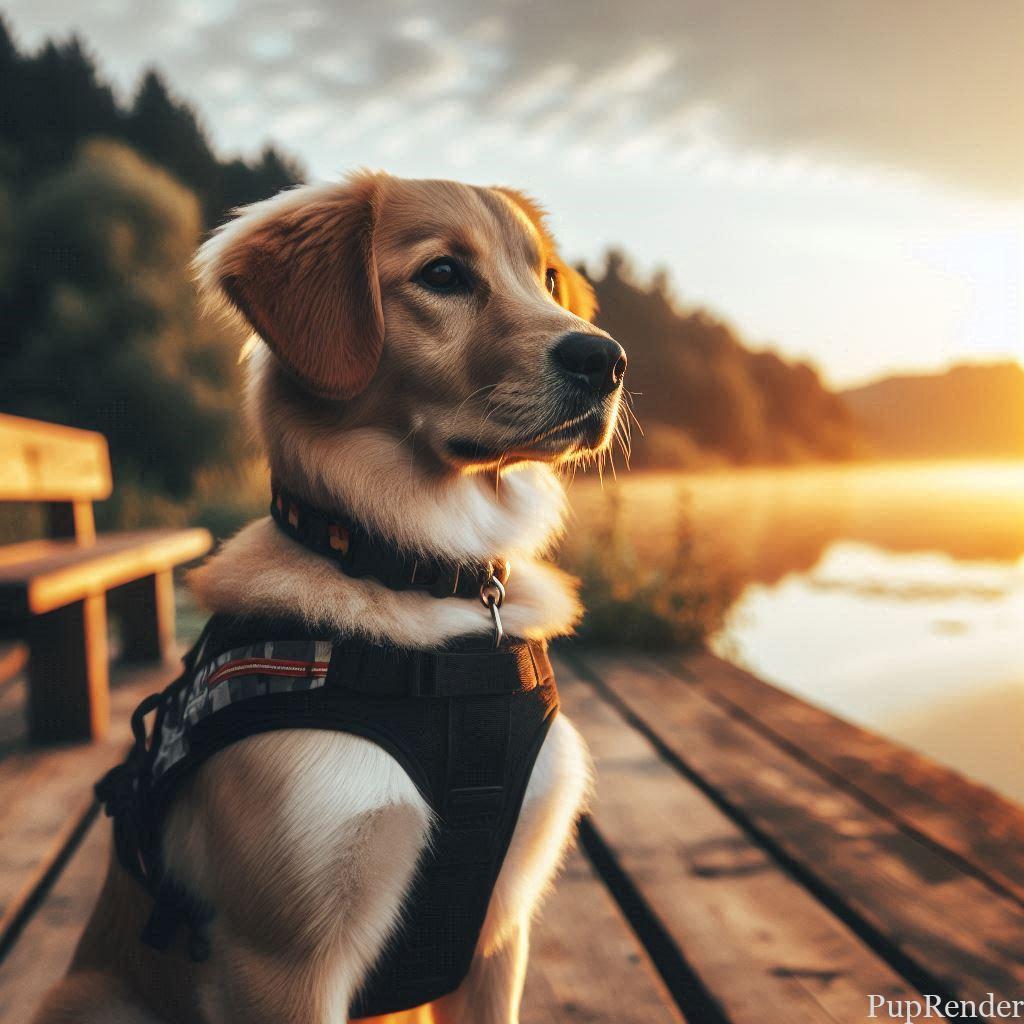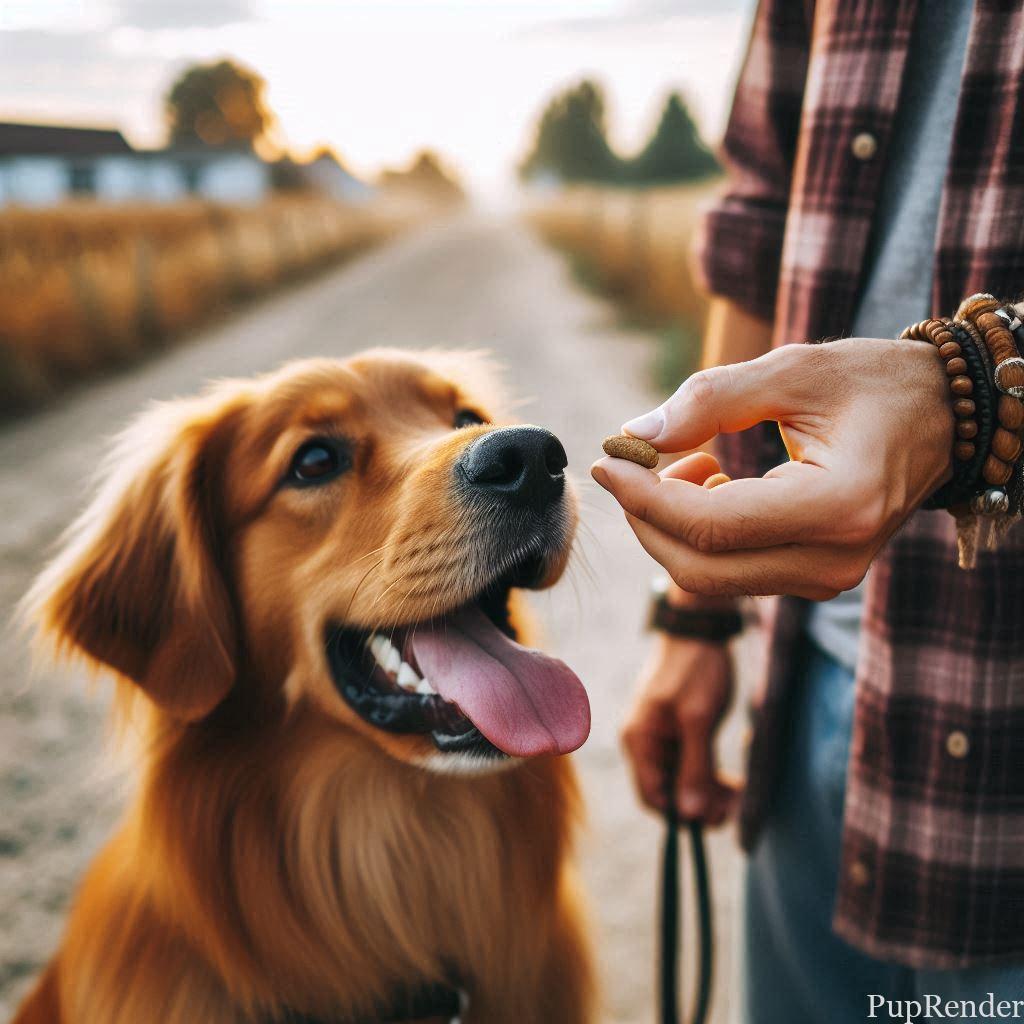How to Create a Routine for Your Dog’s Training Sessions
Training your dog is essential for their mental stimulation, obedience, and overall well-being. By establishing a consistent routine, you can make training sessions more effective and enjoyable for both you and your furry friend. In this guide, we’ll explore how to create a routine that fits your dog’s needs and lifestyle.
Why a Routine is Important for Dog Training
Dogs thrive on consistency. A well-planned training routine not only helps your dog learn faster but also strengthens the bond between you. Regular training sessions teach discipline and create a structured environment, which is key to preventing behavioral problems. Plus, dogs love knowing what to expect, and routines provide just that.
Setting a Schedule for Training
The first step in creating a training routine is to set a consistent schedule. Whether it’s daily or every other day, make sure you stick to it. Dogs respond well when they know there’s a specific time set aside for their learning.
Here are some tips for scheduling:
- Morning sessions: Dogs are often full of energy in the morning, making this an ideal time for training.
- Short and frequent sessions: It’s better to have 10-15 minute training sessions throughout the day than one long session.
- End on a positive note: Always finish training with a successful task to keep your dog motivated.

Establishing Clear Commands
A consistent routine includes using the same commands each time. Avoid confusing your dog by using different words for the same action. Pick simple, clear commands like “sit,” “stay,” “come,” and “heel,” and always use the same tone of voice.
Consistency in commands helps prevent misunderstandings and allows your dog to pick up on cues faster.

Incorporating Positive Reinforcement
Positive reinforcement is key when building your training routine. Reward your dog with treats, praise, or toys when they complete a command successfully. This reinforces the behavior you want and keeps your dog motivated.
Avoid punishment or negative reinforcement, as it can lead to confusion and fear. Instead, focus on rewarding good behavior to build trust and confidence.
For more advanced techniques on positive reinforcement, check out our post on The Ultimate Dog Training Tips No One Told You.

Gradually Increasing Challenges
As your dog becomes comfortable with basic commands, you can gradually introduce more complex tasks to keep them engaged. Start with simple commands like “sit” and “stay,” then move to more advanced tricks like “roll over” or agility training.
Check out some amazing dog tricks in our post Dog Tricks That Will Blow Your Mind.
Ending Each Session with Play
After each training session, reward your dog with playtime. It helps release any pent-up energy and serves as a way to bond with your dog. Playtime also reinforces that training is fun and keeps your dog looking forward to future sessions.
Looking for tips on how to make your dog happier? Check out our guide on How to Make Your Dog Happier Than Ever.

Unlock Your Dog’s Potential
Creating a consistent routine for your dog’s training sessions is essential for their development and well-being. By setting a schedule, using clear commands, incorporating positive reinforcement, and ending with play, you’ll have a happy, well-trained dog in no time.
For more helpful tips on dog training and care, visit our post on Dog Obedience: The Secret to a Well-Behaved Pet.
For more detailed insights into dog behavior and training, visit American Kennel Club’s training guide.





